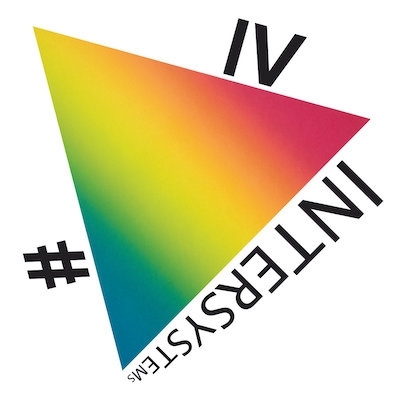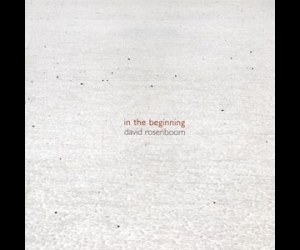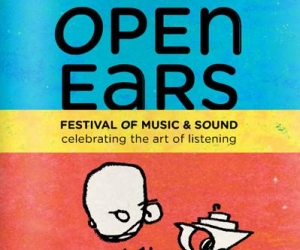
On Ghost—the first track on the new recording by the late ’60s Toronto exploratory psychedelic group Intersystems—a fragmented series of vignettes concresces over the irregular pulse of an analog synth patch. The lyrics, like the music they share space with, are unsettling: children play in tattered clothing; a crow is silent, “all tired out from talking”; a doorless refrigerator sits fallow, useless. Almost every image is introduced with a consistent cadence: “there was . . . there was . . . there was . . .” The scenes are made meaningful through their co-presence, through their relation to one another.
These evocative lyrics from the opening track are, to me, an appropriate point of departure for exploring the resonance of this beguiling, often moving, music: “Down at the end of a dead-end street / There was a tree that died hard / Of lightning.” The lines were written by poet Blake Parker, who formed Intersystems with musician John Mills-Cockell, architect Dik Zander, and light-artist Michael Hayden in Toronto in the late 1960s. For the brief period surrounding the release of three records released over 1967 and 1968, the group was known for producing multimedia events that were designed to delight and disorient the spectators’ senses.
Released in April 2021, #IV is the first record of new material by Intersystems in over half a century. (In 2015, the Italian label Alga Marghen reissued Intersystems’ discography, which expanded the group’s fanbase beyond collectors and dedicated psych-music heads.)
Although Parker died in 2007, his words are still present, spoken here by a computer voice. (Zander does not appear in this new configuration of the group.) Absent, too—at least for now—is the multisensory environment of the group’s collaborative performances. #IV comes into the world as the system is interrupted. Those lyrics from Ghost announce as much: Parker imagines circulation foiled by a dead-end street, life struck, suddenly and “hard,” by undeniable force. #IV is shadowed by the loss of a collaborator and the shift in the band’s shape. Throughout its hour-plus runtime, #IV finds meaning in this wake by exploring the question:, What do systems do? Do they achieve meaning through the relation of their parts, or through some grander, less certain effect? Can this collaboration—the project known as Intersystems—be considered a system? Can that be said of any band?
These questions emerge in both Parker’s poetry and the sound of the record. Mills-Cockell’s approach to analog synthesis makes clear that his instrument is also a system: Sonny Abilene I and II hang from a lick that sounds unnatural, improbable, each recurrence bouncing up as if for the first time. It’s like hearing voltage flowing through an open gate, each sound the impression of a specific systemic organization. These boundaries extend when the sound of the music mitigates the sharpness of the poetry on later tracks, such as the disquieting The End of the World, the computer voice that presents Parker’s poetry is harsher and less human, while the Moog softens and rounds.
The tension that #IV inhabits so fully lies between real and artificial, human and non-human, stretching beyond the binary when explored through the shape of the system. Such a statement might seem trite when discussing other albums of electronic music, but here—because of the group’s commitment to outsider, multi-modal exploration—it feels earned. I admit that I wonder how this music might resonate in the context of an Intersystems concert performance, or the kind of resonance a human voice might have created. Still, #IV is a rich and uneasy document of forward momentum. The system adapts. The flow continues.


